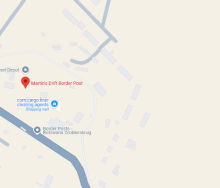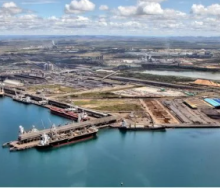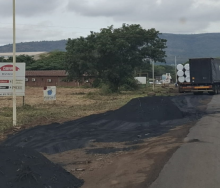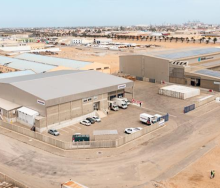Geopolitical concerns and resulting supply chain disruption are causing large multinational stockists to retreat into the certainty of conservatism as opposed to embracing cargo visibility innovations, DB Schenker executive Torben Kock has said on a visit to South Africa.
According to the senior vice-president for Intercontinental Supply Chain (ISC) Solutions at the freight forwarder’s Global Ocean Freight division, “some of the largest retailers on the planet have gone back to the old ways of doing things”.
The perceived emergence of an aversion to technology, instead of incorporating digital cargo visibility tools into one’s supply chain, was seen as a direct result of protectionism gaining ascendancy over calculated risk-taking, Kock said.
“Retailers are retreating into commodities and rates-based supply strategies because of the expected cost implications related to growing supply chain challenges.
“But it’s a penny-wise-pound-foolish approach because it neglects existing opportunities to adjust supply chain thinking, thereby becoming better prepared for the future and ultimately continuing to safely and securely ship cargo through optimised real-time tracking.”
Kock said the apparent complexity of visibility and the role that artificial intelligence continued to add to the perceptions about what such systems might cost, were contributing to a slow uptake of cargo tracking platforms.
“The advantage of technology is that it enables cargo owners and agents to anticipate possible delays, but initial input costs stop them from seeing what they’re missing out on in the long run.”
DB Schenker’s head of ISC Solutions in the Middle East and Africa, Yogi Barot, added that rigid inventorying, as a bulwark strategy against possibly running short of stock, had complicated the warehousing operations of retailers when supply chain fluidity was perfectly possible, despite the fear of disruption.
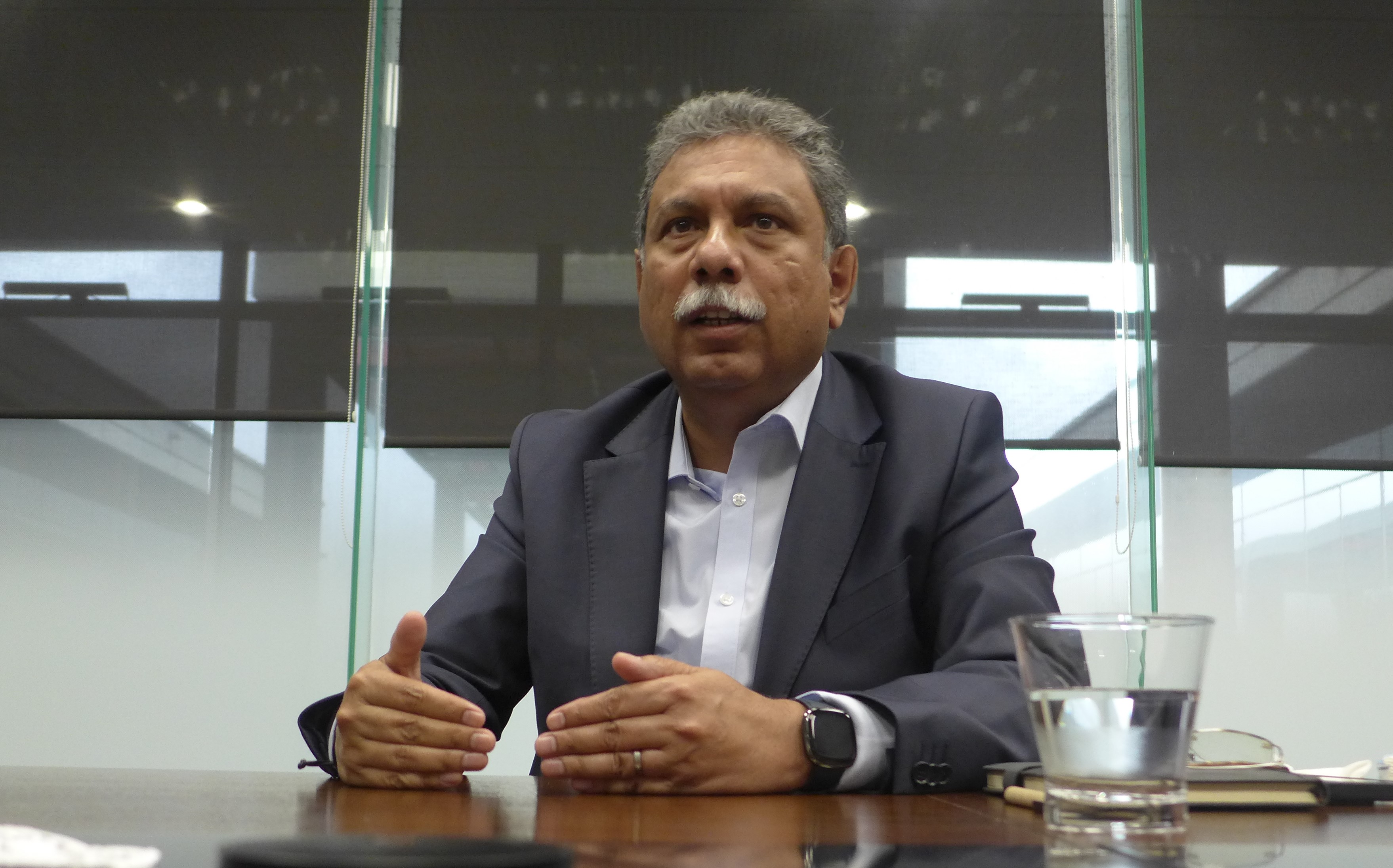
Through the forwarder’s ISC product, for example, shared inventory knowledge could enable a forwarder to duly notify a retailer of immediate supply chain concerns.
“Covid taught us that shippers are prone to shift their thinking from just-in-time to just-in-case, so people started relying on increased inventorying in the event of not getting their stock in time,” Barot said.
“But what this has taught us is that supply chain professionals really need to delve deep into their own systems to see where they can change, becoming more flexible in order to keep goods flowing, no matter what is happening out there. And it’s possible. You just need to adapt.”
Paraphrasing an Einstein quote, Barot said that to do the same thing over and over again and expect different results, especially in times of maritime trade coming under attack in waterways like the Red Sea, was not going to help one’s supply chain survive disruption.
Kock said: “I think if there’s one thing that’s certain, it’s that those shippers who use cargo visibility have a better chance of surviving supply chain disruption.
Vimal Mammen, DB Schenker’s cluster head of ISC Solutions in sub-Saharan Africa, said: “The coronavirus pandemic showed us the need for technology to manage disruptions in the supply chain which our ISC product is geared for.

“We had to amplify how to manage resilience and how to react to disruption.”
From a South African perspective, he said it included considering port congestion, reduced capacity because of smaller vessels coming into South Africa affected by global trade, and, of course, the longer sailing time that resulted from extended round-Africa voyaging because of the Red Sea situation.
Along with Ocean Bridge, a live and interactive ocean cargo tracking platform launched in October, the ISC product rendered a full bouquet of movement monitoring options to shippers and their agents, Mammen said.
“People want to know where their shipments are, and through the various means at our disposal, such as our ISC product and Ocean Bridge, we have the capacity to show them.”

